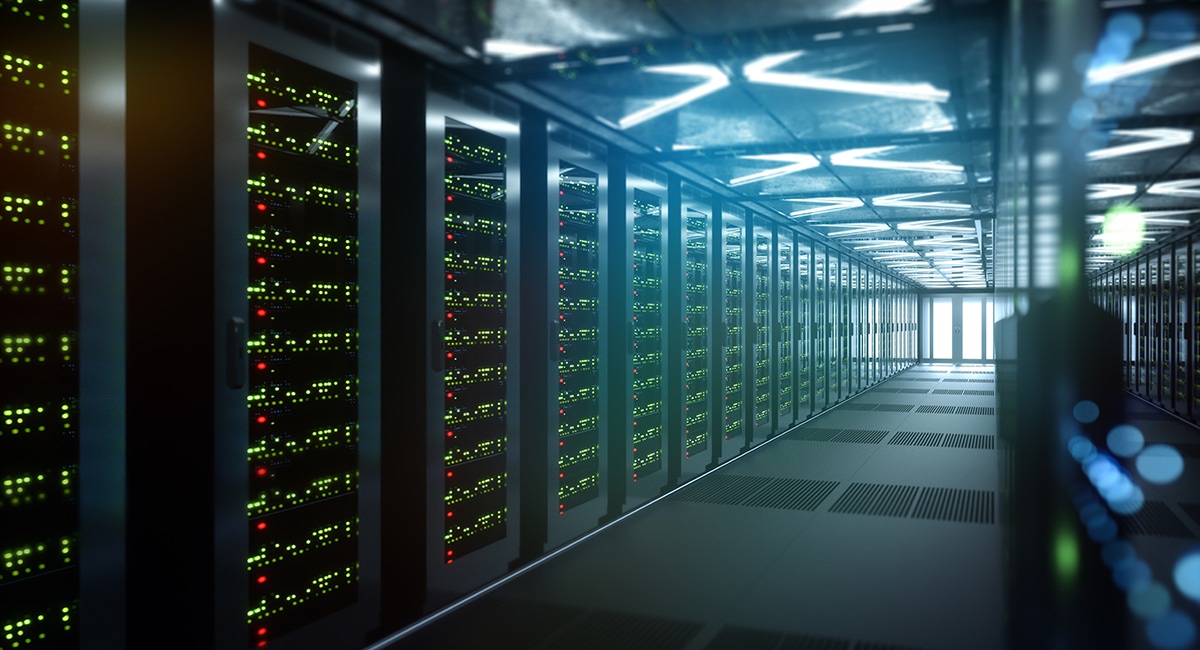August 11, 2020
Supporting Your Network’s Edge Environment
As edge environments become more critical to business success, maintaining the power, cooling and management needs should be top of mind.

Discover how CDW can assist in meeting your edge environment and other networking needs.
Imagine watching a movie in New York, but its content sits in California. That movie would freeze and pause so many times during the viewing that you would probably turn it off. By moving that content to New York, your movie would play seamlessly and you would be more inclined to watch additional content from that streaming service.
Why Maintaining Your Edge Environment Is Important
These edge environments are important to your business today because they keep your coworkers productive and your customers coming back. In the past, an edge environment consisted of an unused closet where we stuffed IT devices so they didn’t take up space in the main data center.
While stored in that closet, there was no need to pay attention to the UPS and cooling because the power load was so small. If for some reason the temperature did rise, we would open the door or add a box fan to fix the problem. Times have changed, and we need to rethink how we design these edge environments from a power and cooling standpoint.
I’m going to provide some guidance on the questions that need to be asked (and answered) when setting up your edge environments.
Getting Power Right at the Edge
The best place to start when setting up your edge environment is power. What equipment do I plan on putting in the edge environment? You need to think about what equipment is going in, along with what equipment will be added in the future. Adding up the total power load of the existing equipment and planned future equipment will help you size the UPS correctly.
Once you have the current load and future load, you need to determine how much runtime you want in the event you lose power at the site. When considering runtime, keep in mind that if you don’t have a generator and your power is out, you won’t have A/C. How long will it take the area to get too hot to run the equipment? The last thing you want to do is burn up your IoT equipment.
Keeping Your Edge Environment Cool
Determining the cooling needs goes hand in hand with the power needs. Sizing a cooling unit is similar to sizing a UPS. In general, you want to add up the total power load for each rack, then add 20 to 25 percent for wiggle room.
But there are also additional factors involved, such as the heat produced by other office equipment or humans. Does the room have windows? Is it on a perimeter wall? How well insulated is it? How hot does it get outside in summer?
I usually recommend to customers who are outfitting a new data center that they have a site survey performed by a qualified professional.
Managing Your Edge Environment
With all the effort going into maintaining power and cooling support to your edge, you will want some oversight of its operations. The edge environment is critical to your business, so you want to make sure you are properly managing the environment. This will give you the ability to know if your UPS is on battery or if your cooling is working properly. This can be done by adding a network card to your devices. There are also cloud-based management tools to help with this.
By taking care of the power, cooling and management of your edge environment, you will be well on your way to meeting the support needs of your coworkers and your customers, improving operations and driving more business.
